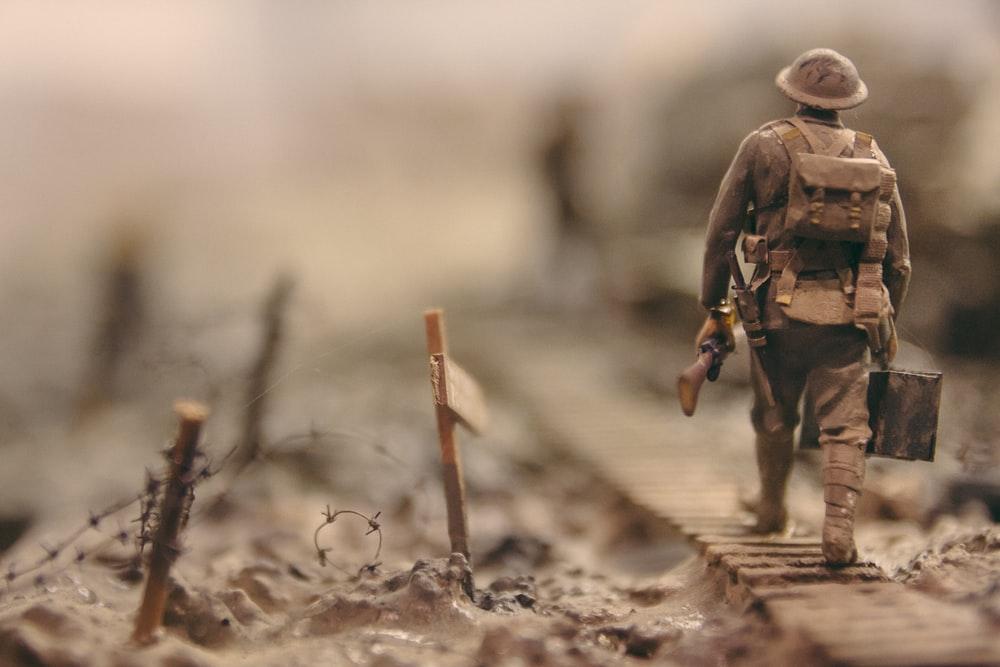War for Ukraine is War for Europe

George Orwell said, “war is peace” in his novel ‘Nineteen Eighty-four’. War is peace for some and devastation for most people. Wars have been fought from time immemorial and are still continuing due to power dialects among different countries. Orwell in this novel says, “power is in tearing human minds to pieces and putting them together again in new shapes of own choosing”. Whoever has the power sets the ideology, which distorts and justifies the exploitation done. In a similar manner, the war of Ukraine at the face value is different from its literal truth.
The war in Ukraine is not as simple war as it seems to be. This war is not merely between two neighbors about boundary disputes. But, it is a complex war, a war that does not only include Russia and Ukraine but also a war that involves the US and NATO. Not only Ukraine is the battlefield but, in fact, the whole of Europe is the battlefield now.
Europe is the subordinate ally of the US since the end of the Second World War. The US had extended its military power through a series of collective security arrangements- the Rio Pact of 1947 to the Baghdad Pact of 1955. And, one such pact was NATO, formed in 1949. The aim of NATO was to provide the US military with the ability to expand its arm out of the territory of the US. The US-built bases in Europe and the US armed forces trained alongside European militaries to create “interoperability”.
When the USSR collapsed, the US confirmed NATO’s permanence to ensure that it would have a way to manage Europe’s foreign policy. Since 2006, the US has pushed NATO to develop a global posture. Which has drawn NATO countries into the US adventures to borderline both China and Russia from joint naval exercises. NATO’s recent documents of NATO 2030, make it clear that global NATO will be positioned to be allies in the US. Creating pressure on campaigning against “Russia and China’s challenges to the rules-based international order”. And this order is simply the US-imposed interpretation of the world order.
During the world financial crisis, it became evident that integration into the European project would not be possible because of vulnerabilities in Europe. Inevitably, Europe began a process of linking itself to Russia and China. Through imposed sanctions on Iran and the US-NATO war on Libya in 2011. Europe lost two of its major sources of energy and began to depend increasingly on Russian natural gas and oil.
With the fear of great changes occurring in Eurasia, the US drove a policy on both the commercial, diplomatic, and military fronts. Commercially, the US tried to substitute European reliance on Russian natural gas by the supply of LNG from both US suppliers and from the Gulf of Arab states. Also, this possessed a challenge to Chinese advances in high-tech, particularly in telecommunication, robotics, and green energy. That is the reason why the US escalated its other instrument of force, in the name of “war of terror” rhetoric to ban Chinese firms.
When the US intervened in Syria in 2012 and in Ukraine in 2014 with force, these moves threatened Russia with the loss of its two main warm-water ports in Latakia, Syria, and Sebastopol, Crimea. That is the reason why Russia intervened to annex Crimea in 2014. These indications portrayed that Russia would use the military to protect its national interests.
The contest over Europe has now manifested in the war in Ukraine. The US has very decisively sanctioned Russia which will in turn impact the Russian people. But this will be a major setback for the world economy as food and fuel prices will sore up higher.
This war is not about Russia- Ukraine war alone. But, it is about the instability driven by the US to maintain its fragile position of primacy in the world. The war must end as the other wars do. But the “war is the peace” for US through which it wants to grasp the power which still remains untouched.


- Art
- Causes
- Best Offers
- Crafts
- Dance
- Drinks
- Film
- Fitness
- Food
- Jogos
- Festival
- Gardening
- Health
- Início
- Literature
- Music
- Networking
- Outro
- Party
- Religion
- Shopping
- Sports
- Theater
- Wellness




